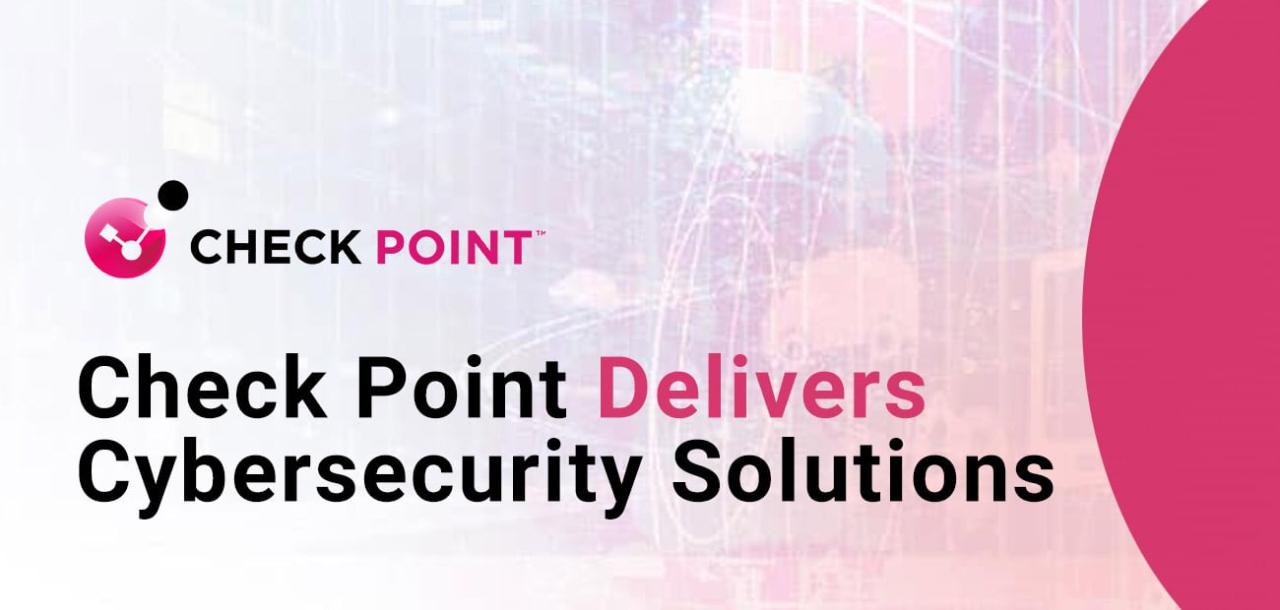Imagine your network as a vast and valuable city, constantly under threat from sophisticated attackers trying to breach its walls. Checkpoint cybersecurity acts as the vigilant guards stationed at every critical entrance, examining traffic and personnel to keep threats at bay.
But in today’s increasingly complex digital landscape, these checkpoints face unprecedented challenges. Are your security measures truly robust enough to identify and neutralize these evolving threats? Checkpoint cybersecurity is more than just a product; it’s a proactive strategy, a layered defense designed to meticulously inspect network traffic, user activity, and application behavior at strategic points to prevent malicious activities from spreading.
This article will delve into the core principles of checkpoint cybersecurity, exploring the common vulnerabilities, the latest advancements in threat detection, and the best practices for implementing a resilient and adaptable defense posture, ensuring your digital city remains safe and secure.
Understanding Check Point Cybersecurity
Check Point stands as a notable entity in the cybersecurity world. They deliver a broad spectrum of solutions designed to protect organizations. These safeguards cover network security, cloud protection, and mobile security.
Their impact stretches across businesses of varied sizes, from small setups to large enterprises. Their reputation stems from a commitment to robust protection and cutting-edge technology.
This commitment involves constant innovation. They’re consistently evolving defenses against emerging threats. This forward-thinking methodology is crucial in the current cybersecurity landscape.
The complexity of modern threats necessitates layered security. Check Point offers just that. They provide diverse tools to shield businesses. Their solutions cater to current cyber challenges.
Check Point’s Core Security Solutions
Check Point’s suite of solutions is comprehensive. It tackles various facets of security. This includes advanced threat prevention and data protection.
Their firewall technology is a cornerstone. It controls network traffic. This prevents unauthorized access and potential breaches.
CloudGuard offers security for cloud environments. It ensures data and applications residing in the cloud remain safe. It helps to prevent vulnerabilities.
Harmony Endpoint protects devices outside the corporate network. This includes laptops and mobile phones. It helps to stop threats before they spread.
These solutions work together. They form a robust shield against cyber threats. Businesses can customize these defenses to meet needs.
The Importance of Threat Prevention
Threat prevention is a proactive approach. It aims to block attacks before they inflict harm. Check Point emphasizes threat prevention.
Traditional detection methods respond after an attack. Threat prevention seeks to neutralize threats beforehand. This reduces impact.
Check Point’s SandBlast technology is a prime example. It simulates environments to identify malicious code. This code is stopped before it executes.
Real-time threat intelligence plays a role, too. This information shares new malware signatures. It helps to keep defenses current.
A robust threat prevention strategy is vital. It safeguards against financial losses, reputational damage, and operational disruptions. It’s better to be safe than sorry.
Benefits of Choosing Check Point

Choosing Check Point offers tangible advantages. One key benefit is improved security posture. This stems from their broad protection capabilities.
Their solutions can simplify security management. This is achieved through centralized control. This ease of use frees resources for core functions.
Scalability is another plus. Check Point’s offerings adapt to business growth. They can be adjusted to meet changing security needs.
Compliance becomes less daunting. Check Point assists with meeting regulatory requirements. They support industry best practices.
Ultimately, Check Point provides peace of mind. Businesses can confidently operate. They’ll know their data is protected.
Staying Ahead with Check Point’s Innovations
The cybersecurity landscape is constantly evolving. Check Point continues to innovate. They are proactive in adapting to new challenges.
They invest heavily in research and development. This allows them to stay ahead of emerging threats. This commitment is key to their success.
They embrace new technologies, like AI and machine learning. These are used to bolster threat detection. This makes their defenses more effective.
Check Point’s emphasis on proactive security positions them well. They help businesses navigate a complex digital world. This protects them from cyberthreats.
Their focus isn’t just on today’s threats. It’s on those of tomorrow, too. They work to ensure that customers are always safeguarded.